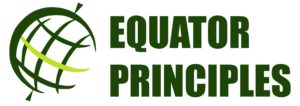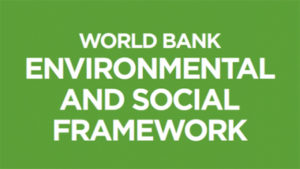
The Equator Principles (EP) are a risk management framework for determining, assessing and managing environmental and social risk in projects that can be adopted by financial institutions. The tool provides a minimum standard for due diligence to support responsible risk decision-making. The EP apply globally, to all industry sectors and to four types of financial products: (1) project finance advisory services; (2) project finance; (3) project-related corporate loans; (4) bridge loans. Financial institutions can officially commit to the adoption of the EP.
Lifecycle Phase(s): PrioritizationAuthorities decide which projects to realize and how to allocate resources., Project PlanningGeneral strategy for a project’s delivery is developed., Concept DesignTechnical experts broadly outline the project’s basic characteristics., ProcurementThe provision of goods and services to realize a project are tendered and closed., FinanceDevelopers decide how to pay for their project., Detailed DesignTechnical experts further elaborate the Concept Design., ConstructionThe asset is constructed in line with design, budget and timeline.
Type(s) of Tool: PrinciplesSupport sustainability incorporation at institutional or strategic level, less specific than Guidelines.

